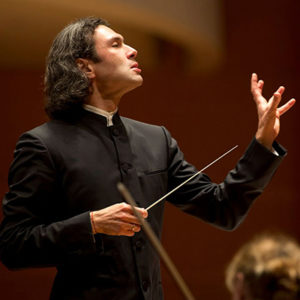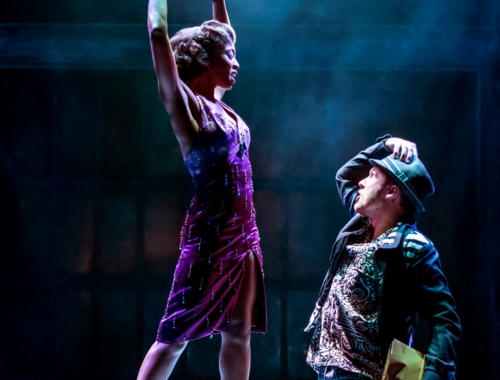GRAMOPHONE: From Where I Sit – February 2020
 After so many years of concert-going – including a time when writing for The Guardian and The Independent newspapers that I was averaging three concerts a week minimum – it’s good to be reminded that I can still be stunned, that a performance can still reveal things about a piece that I hadn’t fully considered before. It happened again a couple of months back when Vladimir Jurowski seemingly excavated and re-evaluated Mahler’s Fifth Symphony with the London Philharmonic. I shouldn’t have been surprised – his reading of the Second Symphony (recorded live and reviewed by myself in these pages) threw up similar answers to often asked questions – but what truly struck home this time was the revelation of how hard it must be to find your own way to a piece as frequently performed (and at such a consistently high level) as the Fifth.
After so many years of concert-going – including a time when writing for The Guardian and The Independent newspapers that I was averaging three concerts a week minimum – it’s good to be reminded that I can still be stunned, that a performance can still reveal things about a piece that I hadn’t fully considered before. It happened again a couple of months back when Vladimir Jurowski seemingly excavated and re-evaluated Mahler’s Fifth Symphony with the London Philharmonic. I shouldn’t have been surprised – his reading of the Second Symphony (recorded live and reviewed by myself in these pages) threw up similar answers to often asked questions – but what truly struck home this time was the revelation of how hard it must be to find your own way to a piece as frequently performed (and at such a consistently high level) as the Fifth.
Like all the best and most intellectually savvy conductors Jurowski has that special ability to digest and then disregard other recordings, other views, of a piece and return once more to source, to the composer’s score. So he may be influenced, say, by Leonard Bernstein but the only instincts he’ll ultimately trust will be his own.
Mahler always said of the Fifth that the gigantic central scherzo was its fulcrum and that conductors would invariably take it too fast. He was right. But how that movement sits in context, how it relates to the rest of the symphony, is undoubtedly the key to making it work. Jurowski was expansive throughout – not Barbirolli expansive (which one might reasonably characterise as just slow) – but expansive in the sense that the weighing and testing of every bar had consequences in relation to the whole. There was an imperative to it all. The tormented outburst at the heart of the first movement’s funeral march for once felt mirrored in the turbulent second half of part one. Through a glass darkly. And that scherzo (part two) was then a transition into the light – an open and infinitely airy tableau where horns echoed across great spaces, Jurowski quite literally separating his first horn from the rest of the section to accentuate distance and conjure a touch of visual theatre.
I am assuming it was recorded (let’s hope so – there were microphones present) but then again can that recording, that ‘snapshot’ of a great performance (the best I’ve heard since Bernstein’s Vienna account), ever quite recapture the edge-of-seat excitement, the constant sense of surprise, that the live event visited upon us. It is quite something when a piece you know so well is rendered new and unexpected by virtue of such fundamentals as tempo, phrasing and articulation.
Don’t get me wrong – I want others to hear and experience Jurowski’s performance as I did, and a recording – though second hand – can enable those who couldn’t be there to share the experience. But I guess it’s like taking a photograph of something visually momentous in the moment of seeing it. Yes, it’s great that you can relive that moment again and again, maybe even recapture something of the frisson you felt at the time. But we were only present at this particular performance of Mahler Fifth under this conductor and in this hall once – and that experience was for one night only.
You May Also Like

GRAMOPHONE: From Where I Sit – November 2020
09/12/2020
Michael Ball: Voice of the People
26/11/2020

